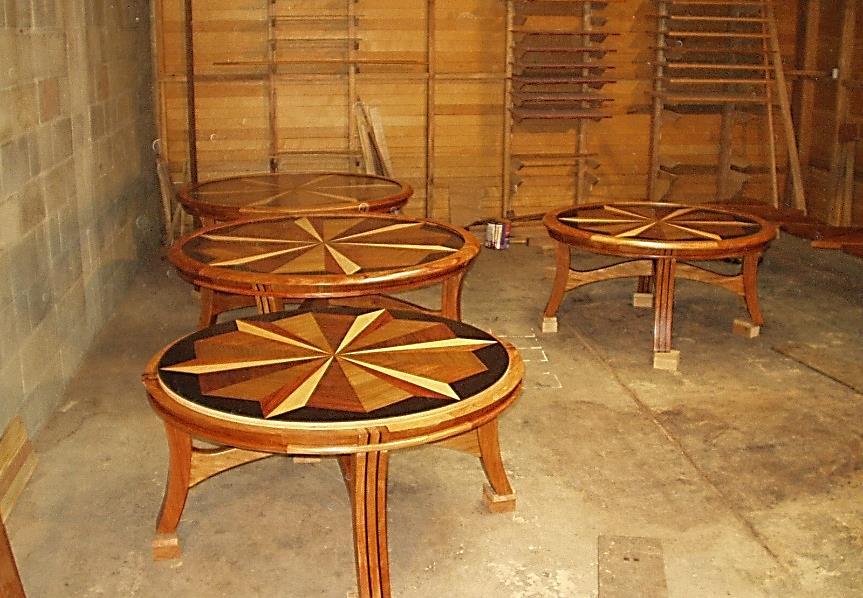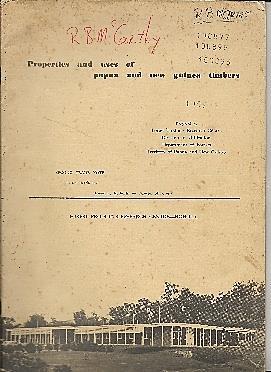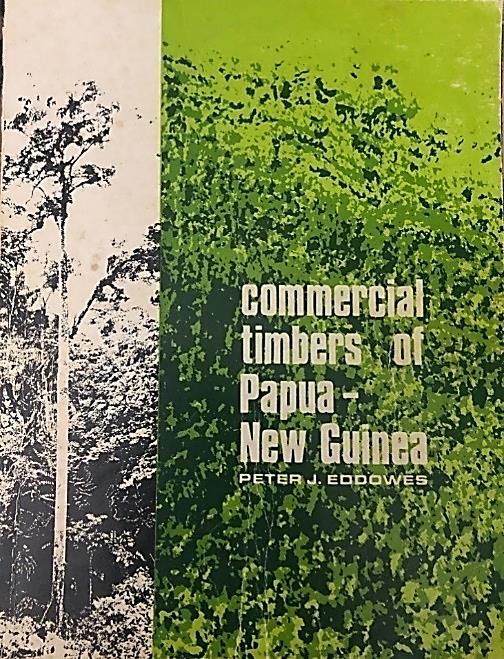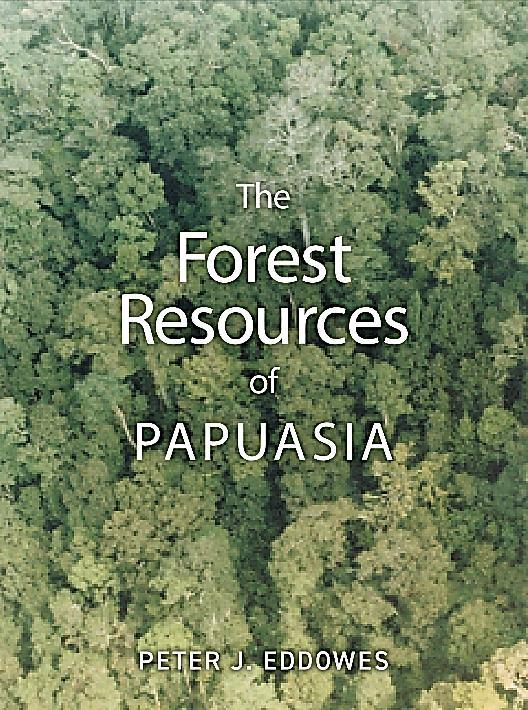
2 minute read
Wood Scientists
Wood offers an inspiring overview of many types of wood and their derivatives. Different wood species have a huge range of natural characteristics that make them especially suitable for specific uses. E.g., some are strong, other fine grain, some very durable, some decorative, some in large quantities, various colours.
Coffee tables. Source Cloudy Bay 9-mile Wood Processing Centre Port Moresby.
Advertisement
Wood Scientists study the physical, chemical, and biological properties of wood to find ways of processing the raw material into different products such as pulp, paper, construction timber and into products such as chipboard, fibre board and laminated beams. They describe and categorise different wood species by chemical and physical attributes as durability, treatability, density, moisture movement, workability, availability, typical uses, and production methods.


One of PNG’s leading wood scientists was Peter Eddowes. Peter was PNG’s wood
technologist who passed away on the 18th of July 2021. A wealth of PNG scientific wood technology has now gone.
Peter Eddowes joined TPNG Forests in June 1961 as a Forest Ranger. Peter then moved to TPNG Forests - Forest Products Research Centre Hohola. He became the Department of Forests chief wood technologist rising to Officer in Charge of the Timber Utilization and Marketing Section. He authored the book, “Commercial Timbers of Papua New Guinea.”
In 1981, Peter left the PNG Department of Forests. He went into private practice in PNG and worked with the Forest Industries Council till 1993.
After 1993, Peter returned to Australia where he was actively involved in private consulting and timber importation activities from PNG.
Photo credit Gabbie Eddowes.

For some years, Wood Technologist Peter Eddowes had been working on his forthcoming publication titled “The Forest Resources of Papuasia” covering the major and minor commercial timber species of Papua New Guinea and including species from Irian Jaya and the Solomon Islands. With the nature of the forest resource continually changing especially in terms of strength, shrinkage, and durability, Peter’s publication will be invaluable to the future forest industry to continue to develop the region’s future timber markets. It captures and records for all timber users, his expertise and lifetime experience in wood technology in the region. This publication of modern timber technology research allows the range of uses of wood from this region to be continually extended. At the same time, in terms of the global timber market, this book continues attempts to standardise names for commercial woods.

Within the publications, each wood description of individual timbers is described against the international basis for scientific names of the tree species (i.e., the botanical system of nomenclature). This is invaluable when marketing timbers on the global market. Ordering and buying wood can be incredibly daunting, especially in this region. This publication will greatly assist the buyer with its specific and detailed information on woods including their colouring and grading.


